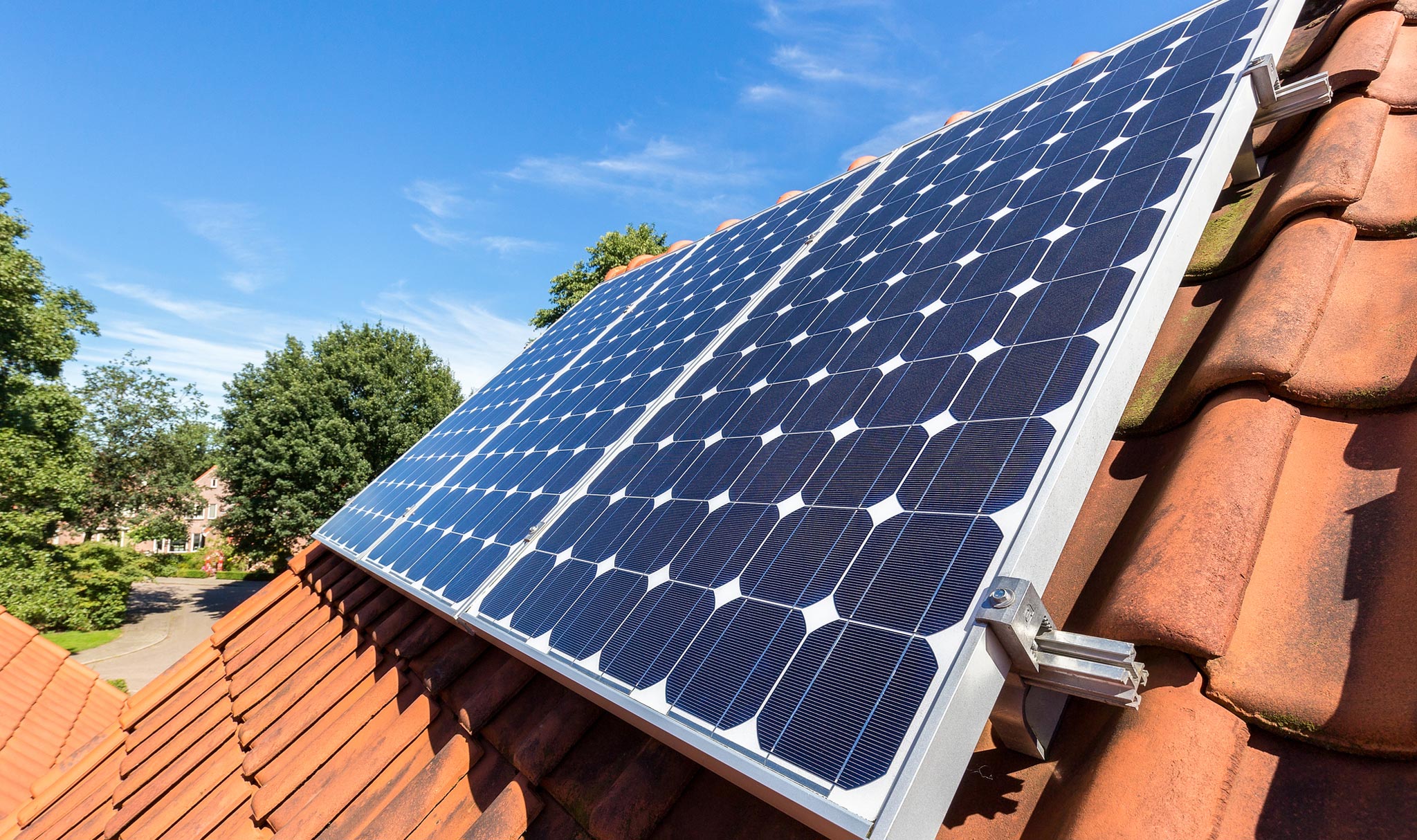
As renewable energy sources gain prominence in our quest for sustainability, home solar systems have emerged as a leading solution for environmentally-conscious homeowners. Harnessing the power of the sun not only helps to reduce electricity bills but also minimizes carbon footprints, making it an appealing option for those looking to contribute to a greener future. With advancements in technology, solar energy has become more accessible than ever, allowing families to take control of their energy consumption while benefiting from long-term financial savings.
In this article, we will explore the various aspects of home solar systems, including their components, installation processes, and the potential return on investment. We will also discuss the impact of government incentives and how they can make solar energy more affordable. By understanding the benefits and considerations of solar power, homeowners can make informed decisions about transitioning to this sustainable energy source and play a vital role in reducing dependence on fossil fuels.
Components of a Home Solar System
A home solar system typically includes several key components: solar panels, an inverter, a mounting system, and energy storage solutions, such as batteries. Solar panels, made primarily of photovoltaic cells, capture sunlight and convert it into electricity. The inverter plays a crucial role by transforming the direct current (DC) generated by the panels into alternating current (AC), which is the standard form of electricity used in homes. The mounting system secures the panels to the roof or ground, ensuring they are positioned optimally for maximum sunlight exposure. As innovations emerge, options for energy storage are becoming more efficient, enabling homeowners to store excess energy generated during sunny days for use during nighttime or cloudy periods. Understanding these components is essential for assessing the viability and effectiveness of a solar energy system.

Government Incentives and Financial Benefits
Government incentives can significantly impact the affordability of home solar installations, making them more appealing for homeowners. Programs such as tax credits, rebates, and grants may cover a portion of the installation costs, enhancing the return on investment. Additionally, many states offer net metering policies, allowing homeowners to sell excess electricity back to the grid, further offsetting their energy expenses. As you consider transitioning to solar energy, resources like Making the Switch to Home Solar can provide valuable insights on navigating the process, maximizing savings, and understanding your local incentives. By leveraging these opportunities, homeowners can enjoy the dual benefits of reduced energy bills and a smaller carbon footprint.
In conclusion, the transition to home solar energy represents not only a smart investment for financial savings but also a commitment to a sustainable future. By harnessing the sun’s power, homeowners can significantly reduce their reliance on traditional energy sources, leading to decreased electricity costs and a notable reduction in environmental impact. As technology continues to evolve and government incentives remain in place, the prospect of powering homes with solar energy becomes even more attractive and achievable. For families looking to embrace this change, understanding the fundamental components and benefits of solar systems is crucial in making an informed decision. Ultimately, adopting home solar energy empowers individuals to become proactive stewards of the environment while enjoying the financial rewards that this renewable resource has to offer.
